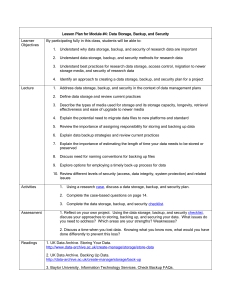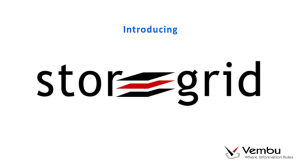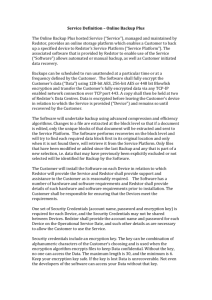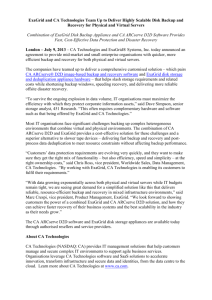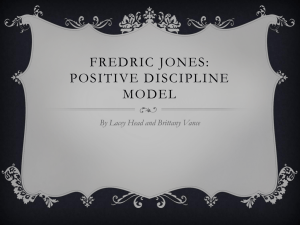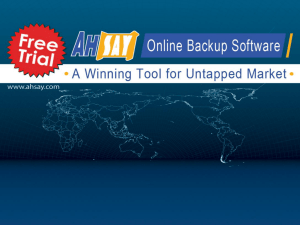Backup Generators - Yakima Regional Clean Air Agency
advertisement
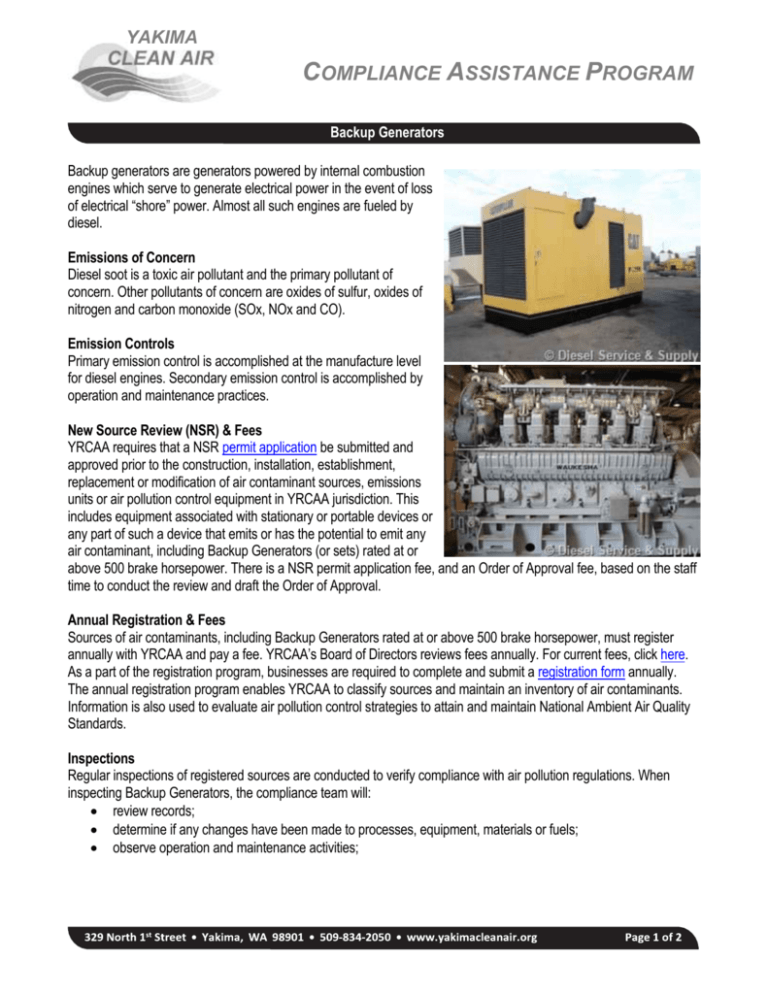
YAKIMA COMPLIANCE ASSISTANCE PROGRAM Backup Generators Backup generators are generators powered by internal combustion engines which serve to generate electrical power in the event of loss of electrical “shore” power. Almost all such engines are fueled by diesel. Emissions of Concern Diesel soot is a toxic air pollutant and the primary pollutant of concern. Other pollutants of concern are oxides of sulfur, oxides of nitrogen and carbon monoxide (SOx, NOx and CO). Emission Controls Primary emission control is accomplished at the manufacture level for diesel engines. Secondary emission control is accomplished by operation and maintenance practices. New Source Review (NSR) & Fees YRCAA requires that a NSR permit application be submitted and approved prior to the construction, installation, establishment, replacement or modification of air contaminant sources, emissions units or air pollution control equipment in YRCAA jurisdiction. This includes equipment associated with stationary or portable devices or any part of such a device that emits or has the potential to emit any air contaminant, including Backup Generators (or sets) rated at or above 500 brake horsepower. There is a NSR permit application fee, and an Order of Approval fee, based on the staff time to conduct the review and draft the Order of Approval. Annual Registration & Fees Sources of air contaminants, including Backup Generators rated at or above 500 brake horsepower, must register annually with YRCAA and pay a fee. YRCAA’s Board of Directors reviews fees annually. For current fees, click here. As a part of the registration program, businesses are required to complete and submit a registration form annually. The annual registration program enables YRCAA to classify sources and maintain an inventory of air contaminants. Information is also used to evaluate air pollution control strategies to attain and maintain National Ambient Air Quality Standards. Inspections Regular inspections of registered sources are conducted to verify compliance with air pollution regulations. When inspecting Backup Generators, the compliance team will: review records; determine if any changes have been made to processes, equipment, materials or fuels; observe operation and maintenance activities; • • • YAKIMA COMPLIANCE ASSISTANCE PROGRAM determine if any violations of rules, permits or orders exist; and determine if any corrective actions are needed to avoid enforcement. If you have already installed a Backup Generator, have installed or modified a process or any equipment associated with a Backup Generator, or are planning to in the future, please contact YRCAA. Our staff is available to assist you with the permit and registration process. YRCAA Rules YRCAA Regulation 1, Subsection 4.01 State Rules WAC 173-400 – General Regulations for Air pollution Sources WAC 173-460 lists Diesel Engine Exhaust Particulate (DEEP) as a regulated toxic air pollutant. The rule establishes a Small Quantity Emission Rate of 0.639 pounds per year for new sources that emit DEEP. Occasionally, limits on hours of operation or increased stack height may be required for the source comply to with the standards. Federal Rules - Reciprocating International Combustion Engines (RICE Rule) The U.S. Environmental Protection Agency (EPA) is implementing updated federal rules for stationary RICE engines. Although many existing backup generator sets may be exempt from rule requirements, EPA does require them to follow work practice standards to ensure the engine is well-maintained. For example, for a 600 HP backup generator (only used for backup and less than 100 hours/year) the following practices must be followed: Change oil and filter every 500 hours of operation, or annually, whichever comes first. Inspect air cleaner every 1,000 hours of operation, or annually, whichever comes first. Inspect all hoses and belts every 500 hours of operation, or annually, whichever comes first, and replace as necessary. Tier IV Standards EPA developed new standards for internal combustion engines that went into effect in January 2011. Engines powering stationary backup generator sets must be certified to the highest Tier limits that do not require exhaust after treatment devices. EPA considers backup generator sets to operate only during the loss of a normal power source such as the utility or the grid. The anticipated operating scenario would be as follows: 1. Normal source power is lost; 2. User starts the backup generator set to supply power to the electrical loads; 3. Normal source power returns; and 4. User shuts down the backup generator set and supplies the electrical loads from the normal source. There are no restrictions on the number of hours that a backup installation may run under true backup conditions. EPA regulation only allows operators to run their backup generators for 100 hours per year for maintenance and exercise purposes. • • •
